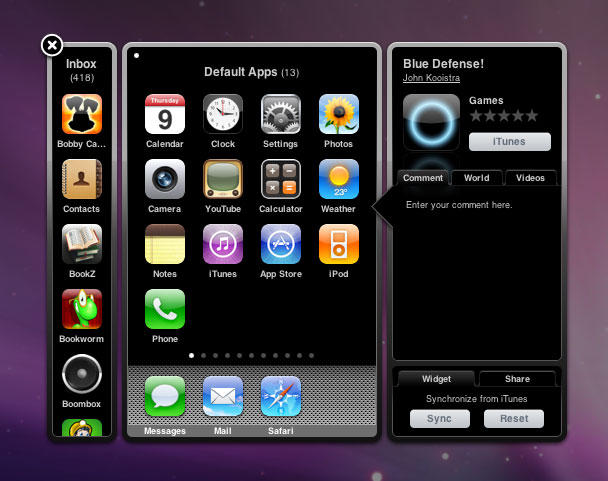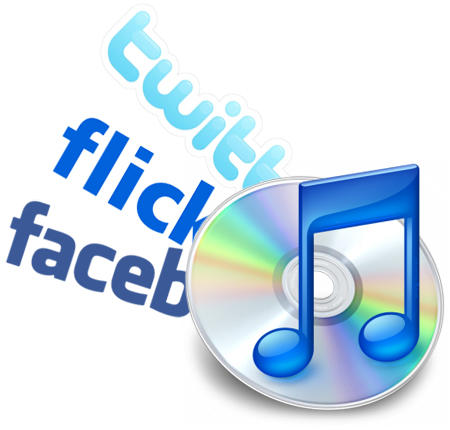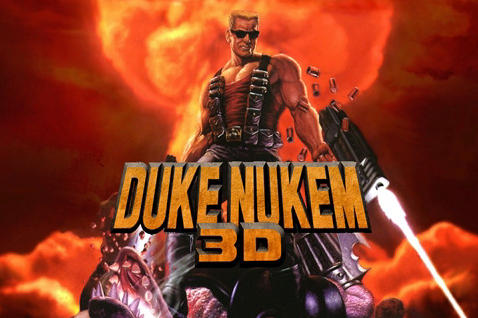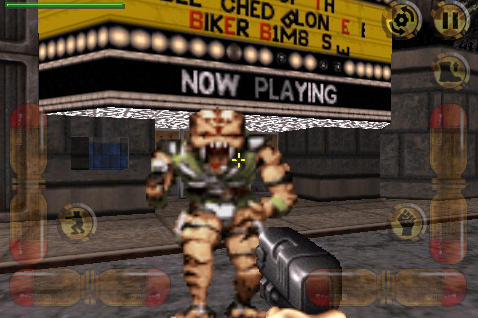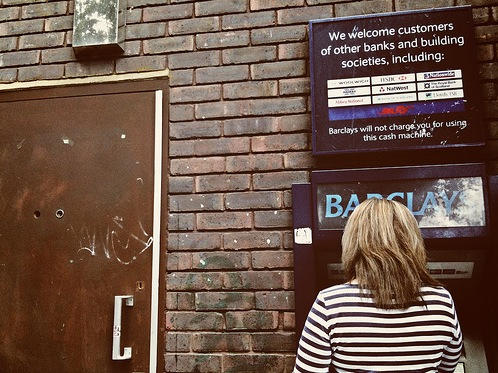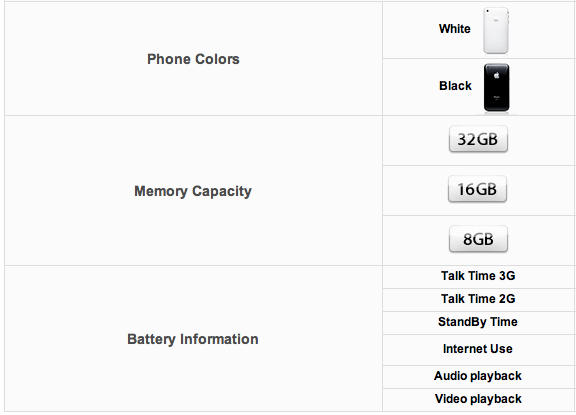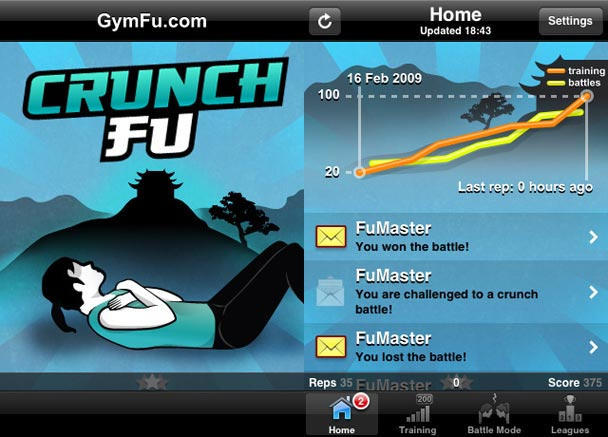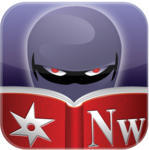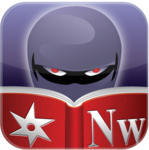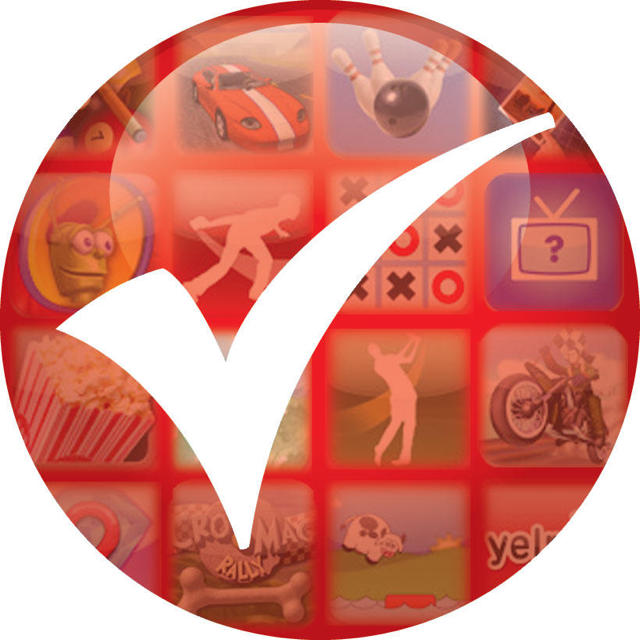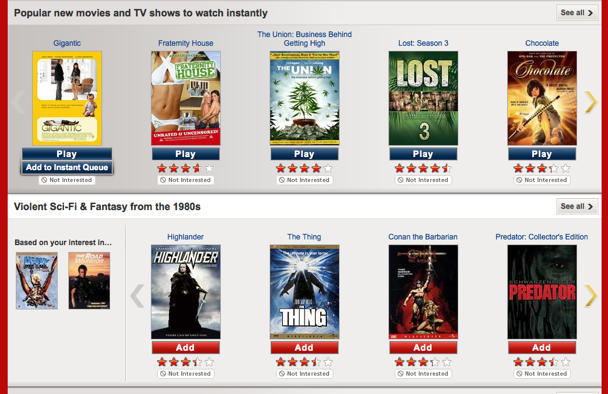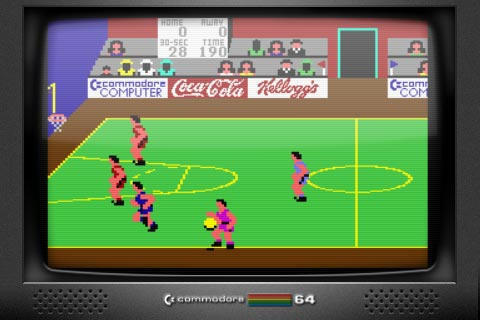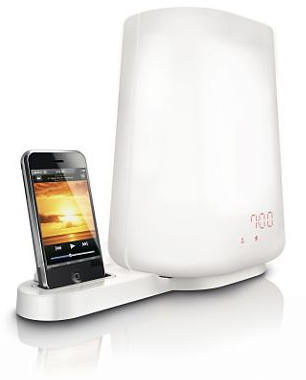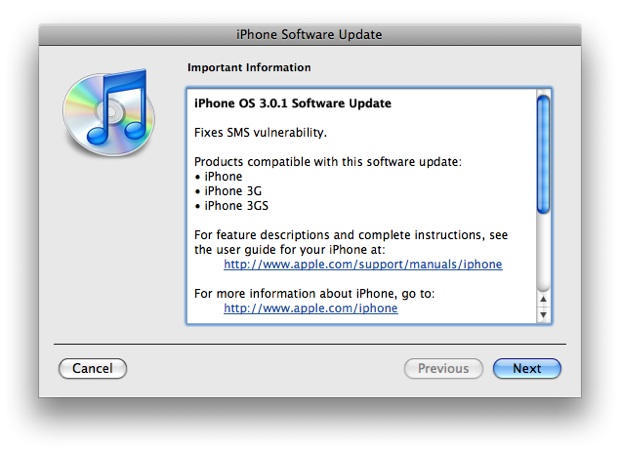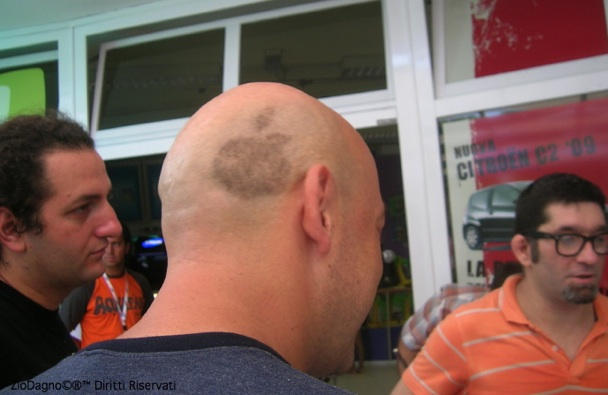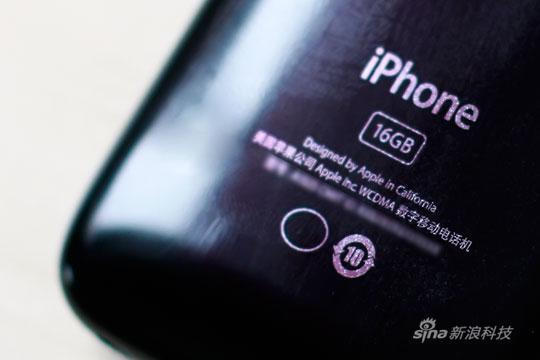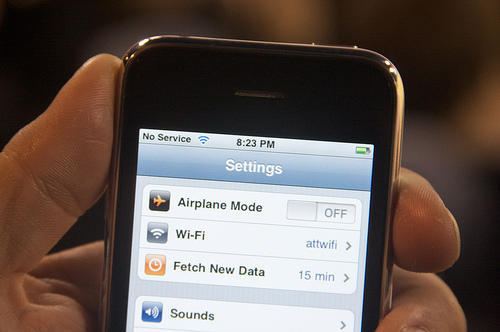There are two things that really piss me off about iPhone… Actually, that’s a huge lie. There are loads of things that piss me off about iPhone, but two things in particular make me want to HULK SMASH. The first is that you can’t back-up individual app data. Delete Peggle from your iPhone, reinstall and you have to start from scratch. Clearly, whoever decided on that gem went to ‘cheapskate DS games without battery back-up’ school.
The other issue is that it’s a major pain in the arse (or ass, if you’re American) to rearrange apps on your device’s home screens. The current ‘drag everything about’ system was clearly designed for hardware where it wasn’t possible to download fifty billion apps. And although Spotlight in OS X iPhone 3.0 enables you to find apps within the mess, you shouldn’t be using text-based searching to find apps on such a tactile, touch-based system.
What we’d like to see is this:
httpv://www.youtube.com/watch?v=-wfv0OJ1oMQ
If you can’t be bothered to watch that, it shows an iTunes interface for dragging and dropping apps about, the organisation of which would then sync with the device itself. Rumours suggest this functionality might appear in iTunes 9, but I remember similar things being promised before.
A press release I received this morning about ShareAppScreen made me hope that someone had somehow managed this, outside of Cupertino. I was hoping for magic beans: someone to have figured out how to rearrange iPhone screens using a widget. What I got was baked beans—a widget that’s awkward to use and that doesn’t realise that different iPhones actually have different apps pre-installed. And when you’re done, it can share your screens with your friends, but not with your device, sadly.
Overall, it’s better than using something like Photoshop for testing app arrangements, but other than that, it’s a case of ‘roll on iTunes 9’.
